This post is also available in: ![]() English
English ![]() Français (French)
Français (French)
Introduction
One of the most important thing to do before buying a new greenhouse (it works also for a new house!) is to have the perfect location to build your project. Indeed, the clearance of the area and the orientation of the structure will be of primary importance.
North-South or East-West ?
Past studies have showed that increasing global radiation transmissivity in Mediterranean greenhouses, especially during the low radiation season, has been reported to be one of the most effective methods to raise yields and quality of the produce (Castilla, 2007).
The East-West orientation improves radiation transmission in the low radiation season (winter), as compared with the North-South orientation, but generates radiation transmission differences between the growing zones of the greenhouse (Papadakis et al., 1998; Soriano et al., 2004-a,b).
However, these transmission differences are mitigated due to the increasingly used greenhouses of higher roof slopes (and less wide spans) and the utilization of light-diffusing covering materials (Castilla, 2007).
So…, what’s the best ?
Positioning the greenhouse with the ridge oriented North-South means that both sides of the greenhouse will receive the same amount of light. The North side can be easily insulated more particularly in colder regions like North-American (East) and Northern Europe.
The East-West oriented greenhouses will have the South-facing side receiving more sun which in most circumstances is preferential more particularly for freestanding greenhouse.
Tools to help positioning my future greenhouse
Today, it exists different online tools with geolocation to be able to check the level of solar radiation at your installation site. These tools allow in some cases to see the shadow and the radiation level on each day of the year.
Below two examples of tools I often use:
- SUN EARTH TOOL : https://www.sunearthtools.com/dp/tools/pos_sun.php?lang=en
- ANDREW MARSH : http://andrewmarsh.com/apps/staging/sunpath3d.html
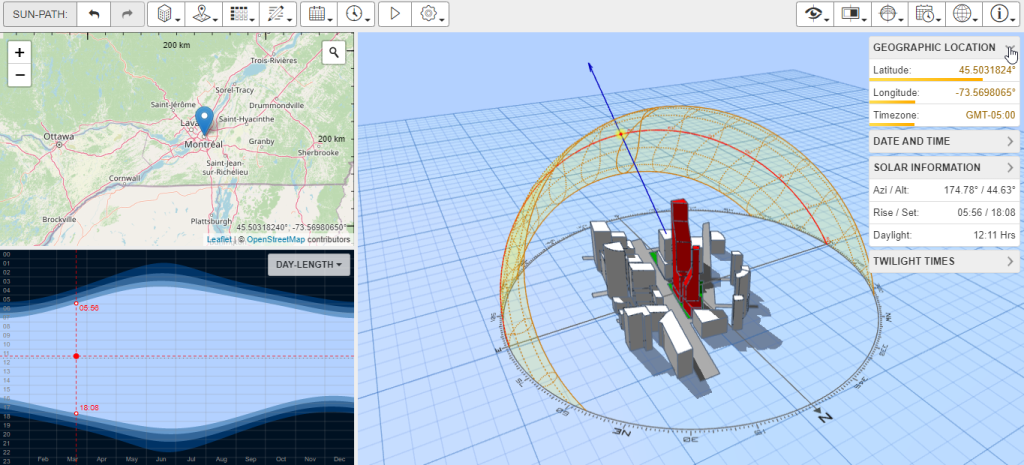
Conclusion
The greenhouse orientation is a key factor to know, it will have direct impacts on the light penetration, passive heating, structure insulation… affecting the agronomic performance!
What is more, the altitude, exposure to winds and proximity to high buildings or obstacles (trees, power lines…) will be other points to mention to the expert working on your file.
Sources:
Boulard, Thierry, C. Kittas, G. Papadakis, and M. Mermier. “Pressure field and airflow at the opening of a naturally ventilated greenhouse.” Journal of agricultural engineering research 71, no. 1 (1998): 93-102.
Castilla, N., and J. I. Montero. “Environmental control and crop production in Mediterranean greenhouses.” In International Workshop on Greenhouse Environmental Control and Crop Production in Semi-Arid Regions 797, pp. 25-36. 2008.
Soriano, T., J. I. Montero, M. C. Sánchez-Guerrero, E. Medrano, A. Antón, J. Hernández, M. I. Morales, and N. Castilla. “A study of direct solar radiation transmission in asymmetrical multi-span greenhouses using scale models and simulation models.” Biosystems Engineering 88, no. 2 (2004): 243-253.
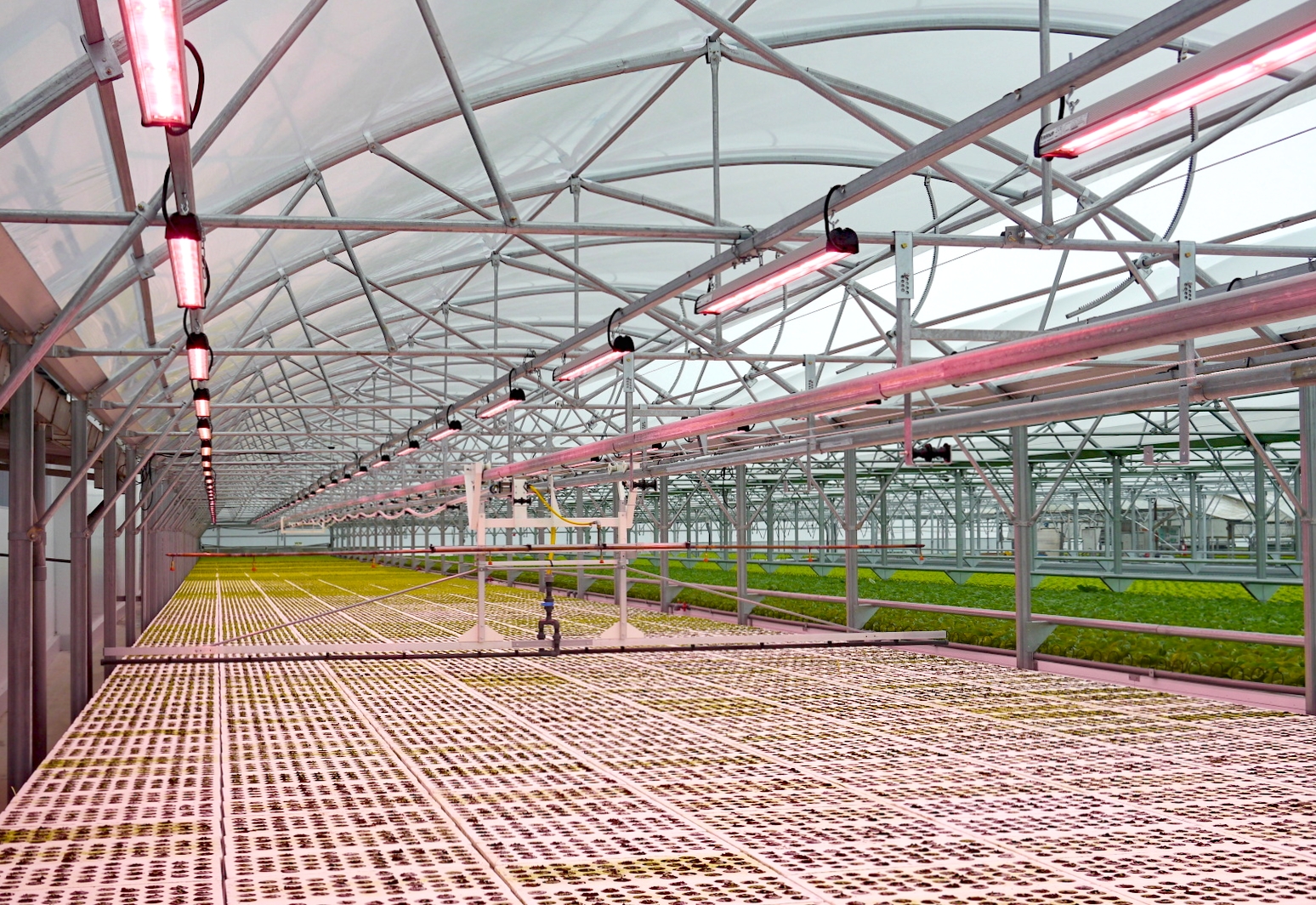


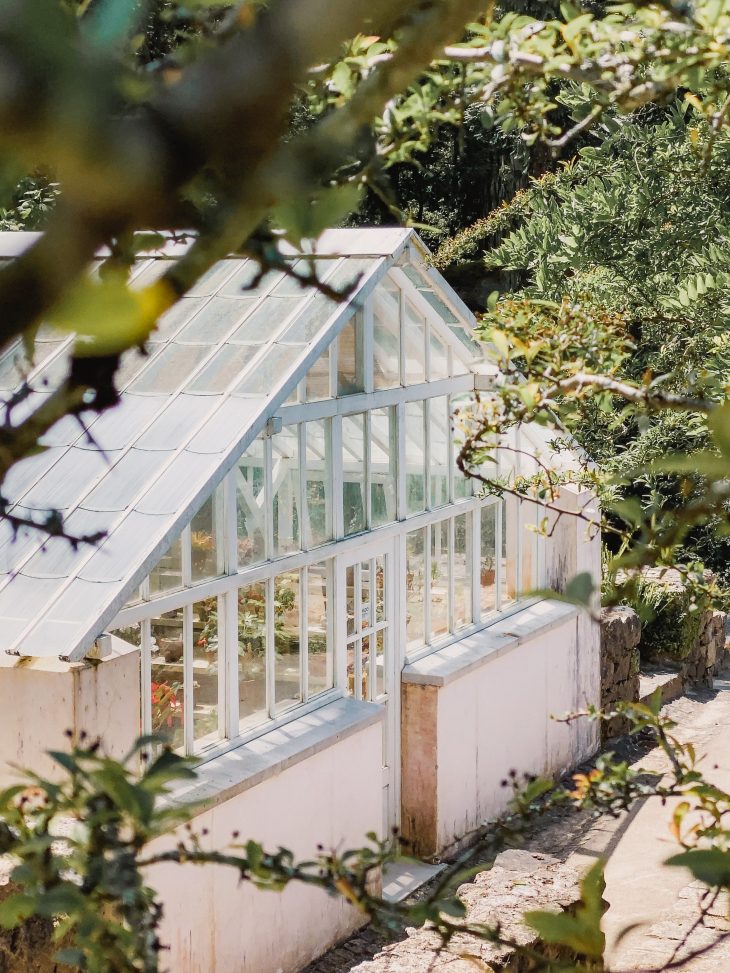
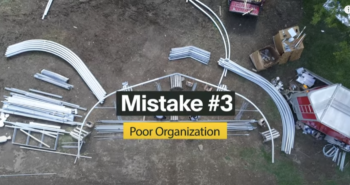
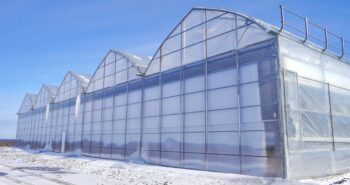
[…] How to properly orientate your new greenhouse ? […]
[…] Choose a Location: Select a suitable location for your greenhouse. It should receive adequate sunlight, have access to electricity and water, and be protected from strong winds and pests. Learn more on how to properly oriente your future greenhouse. […]
[…] How to properly orientate your new greenhouse ? […]